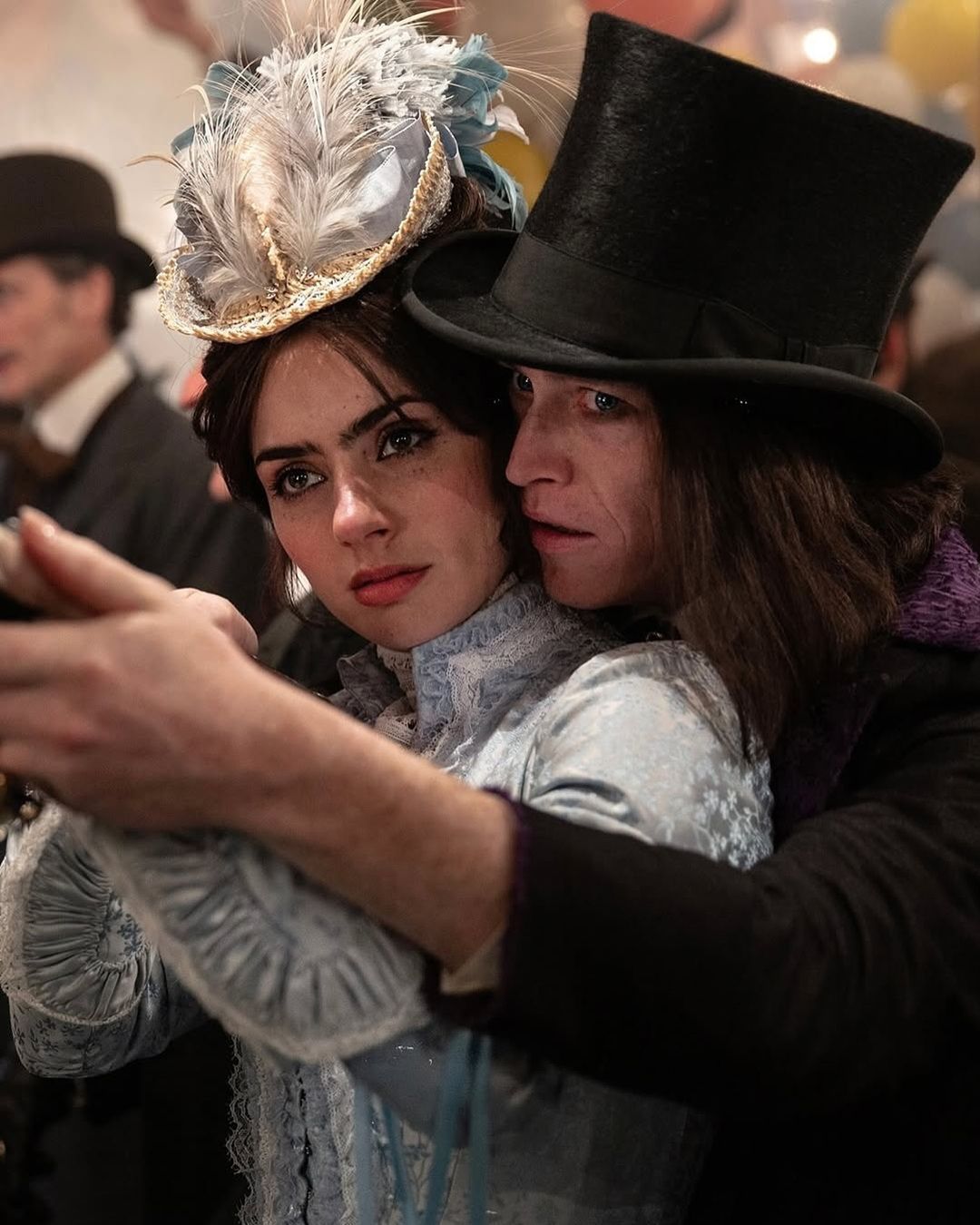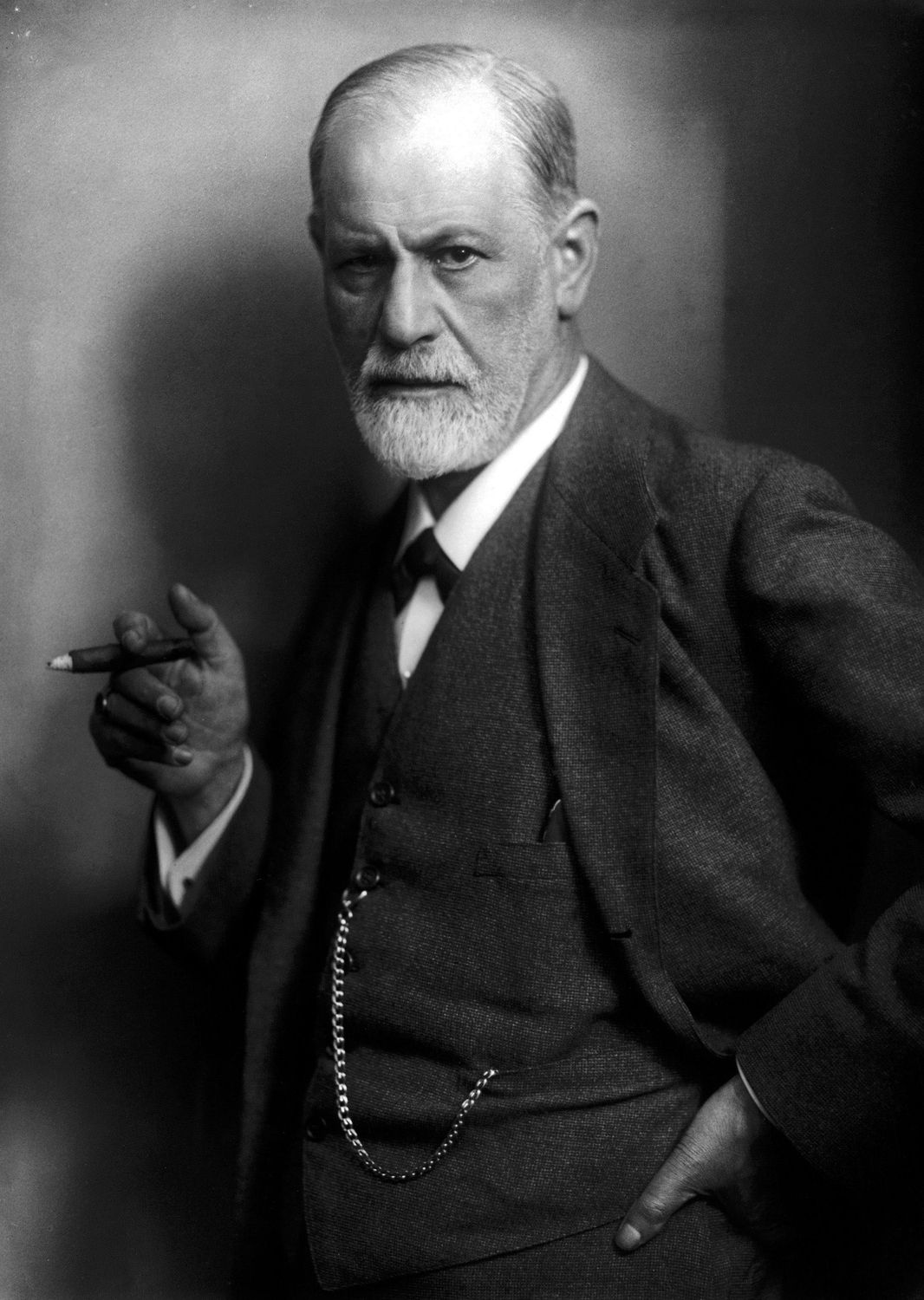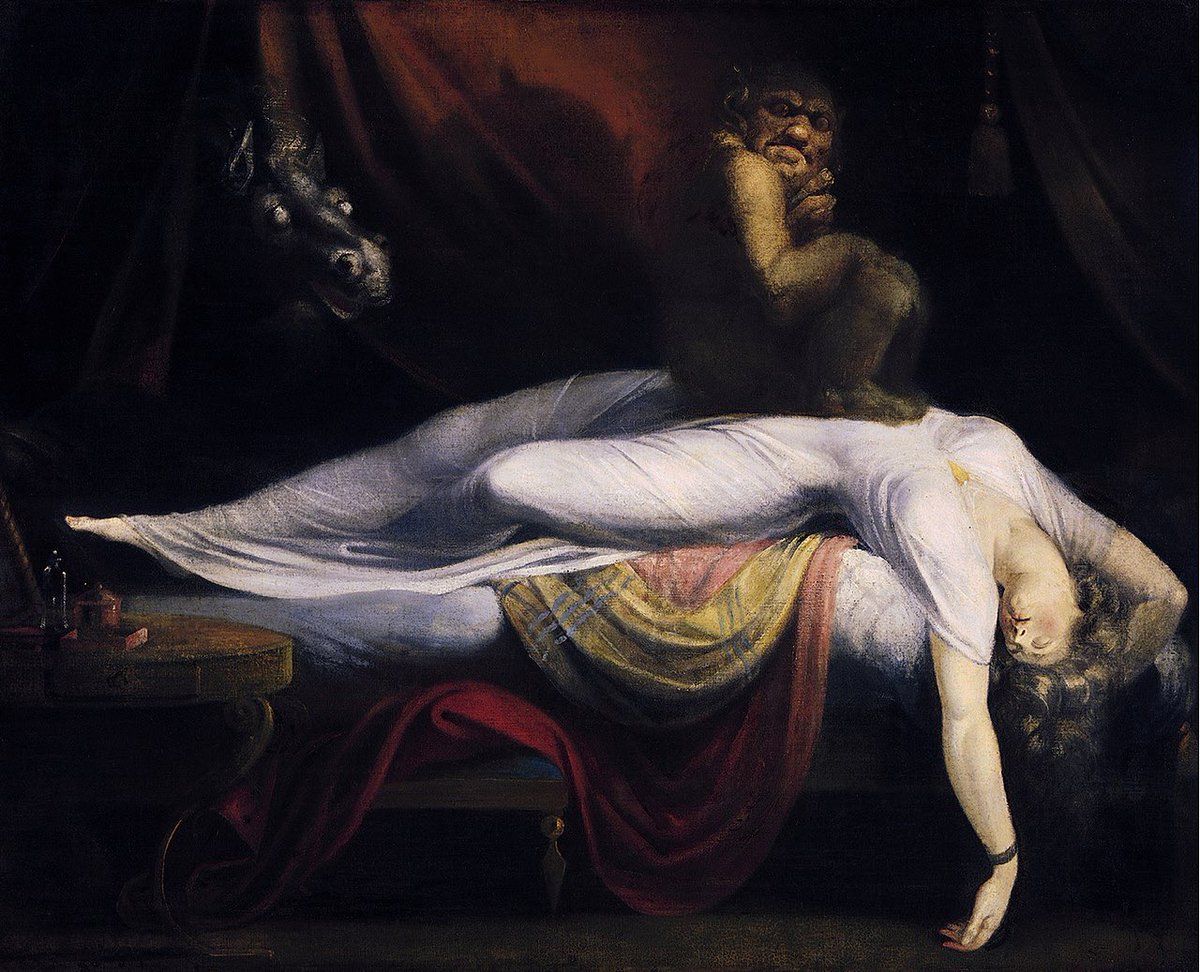
Guide to Dream Interpretation A journey through the history, practices, and psychoanalysis of dreams
Since the existence of man, he has always slept and, during sleep, dreamed. Throughout history, the dream has taken on various meanings: from a divine personification responsible for establishing a connection between the real and the divine, to omens of war or peace that appeared to commanders during battles, sometimes transforming into prophecies or mysterious and archetypal stories. What is certain is that the dream does not follow the classical patterns of understanding reality, where space, time, and cause-effect rigidly influence our world. To comprehend it, man has always had to interpret it, assigning a unique meaning to each dream symbol to access the unconscious, as indicated by Freud in his famous "The Interpretation of Dreams".
In over 3200 years during which man has kept track of his curiosity about the dream world, the interpretation of dreams has remained surprisingly consistent. The deciphering of dreams has fascinated every society that sought to understand their divinatory potential for benefit in conscious life.
The first were the ancient Greeks with Oneiromancy
The first to interpret dreams were the Greeks with Oneiromancy. For the ancient Greeks, the dream had meaning. Oneiromancy, composed of the Greek words "ὄνειρος" (dream) and "μαντεία" (divination), was the art of revealing the meaning of the future through dreams. Simply put, the dreamer, who wanted to interpret his dream, would turn to the interpreter, usually a shaman or a priest with divinatory abilities, to analyze the symbolic content and reveal its message. Interpretations were based on traditional or esoteric knowledge of the interpreter's social group, as well as his personal experiences. In the 2nd century B.C., Artemidorus of Daldis wrote the first onirocritic text, the "Book of Dreams," an encyclopedic work that analyzed interpretations documented in Arabian, Greek, and Latin cultures, thus constituting the first dream compendium in history, still consultable today.
What does Freud's dream interpretation say?
With the advent of psychoanalysis and a greater consideration of interiority, dream interpretation took on a more personal dimension for Freud (1856-1939). He introduced a completely different approach, considering the dream as the gateway to the individual's unconscious. In his analysis, the dream has a hidden "latent content" and a remembered "manifest content" by the patient. With Freud's method, the interpretative analysis seeks to extract what the unconscious part communicates to the conscious part through pre-established laws such as condensation, displacement, dramatization, symbolization, and representation for the opposite or secondary reworking.
How do you learn to interpret dreams?
Before reading this guide, a warning: the dream world is a complex realm to navigate, so we always recommend consulting with a therapist or an expert on the subject. If you want to start interpreting your dreams, it is important to consider some basic tips:
- Keeping a dream journal where you record dreams in detail upon waking can help identify patterns, recurring themes, and changes in dream content over time.
- Paying attention to the emotions experienced during the dream can provide important keys to understanding one's inner world.
- Being aware of personal symbols is crucial; each individual may have personal symbols derived from their life experiences and psychological uniqueness.
- Self-reflection and self-awareness are crucial: dream interpretation should be an opportunity to explore one's psyche and connect with the unconscious.
Even though some still believe that dreaming doesn't catch fish, seizing the seeds in dreams can fertilize the fertile grounds of our life and self-knowledge. I wish you big dreams.
In the meantime, as we learn to self-decipher dreams, I recommend reading "Symbols and Interpretation of Dreams" by Carl Gustav Jung. See you next month!




























































